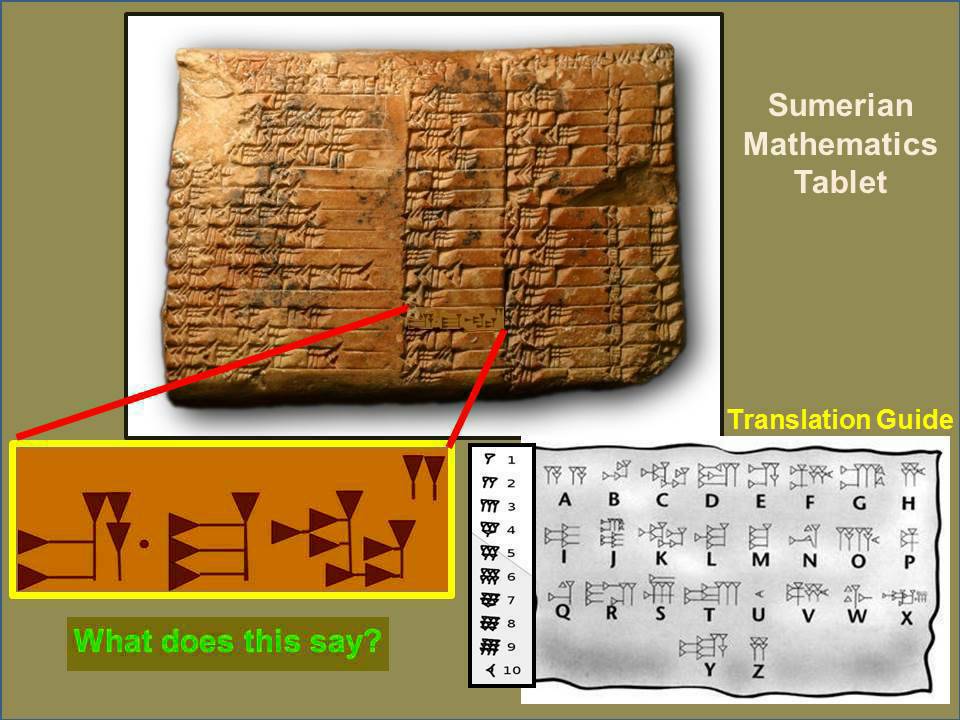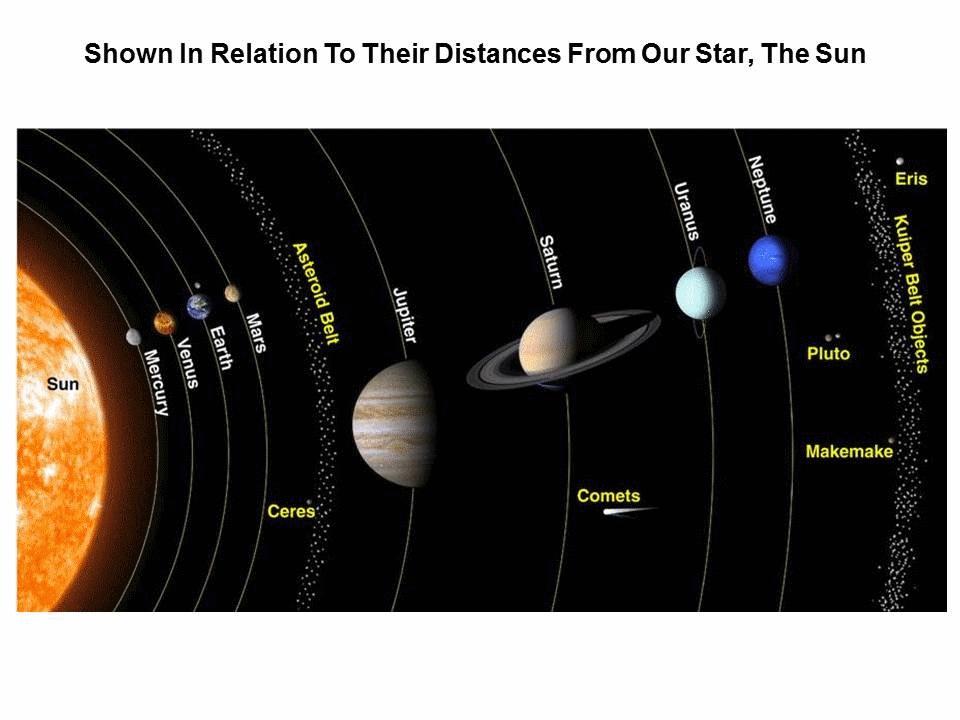

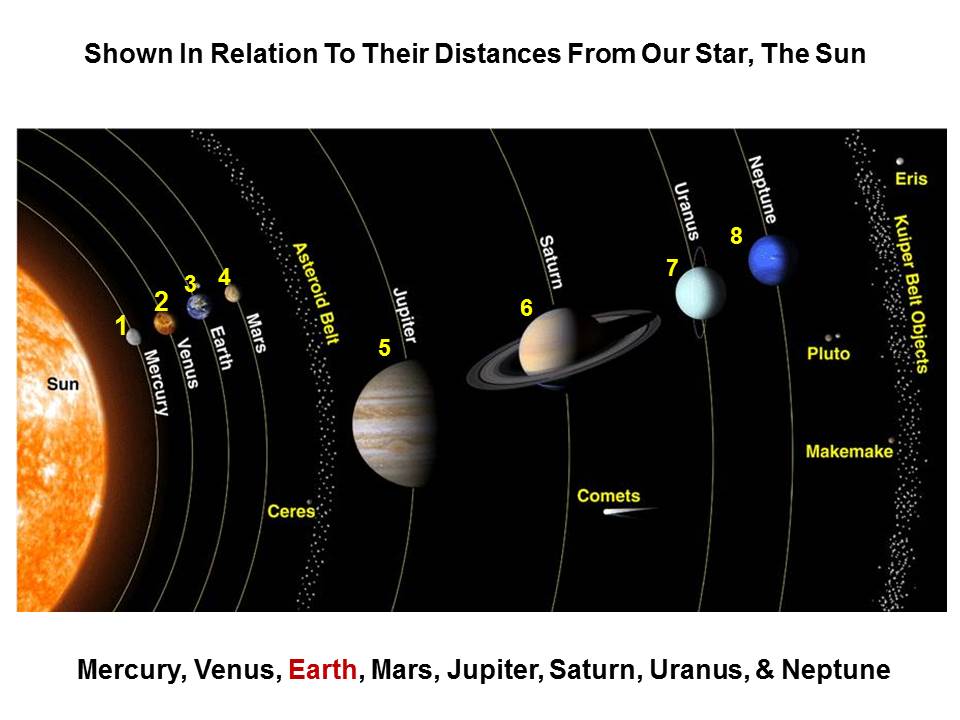
Now, there is discussion within the scientific community to reinstate Pluto as a "real" planet. We'll just have to wait and see what happens to poor, ole Pluto.
Well, how long have we actually known there were 9 - oops! - 8 planets?
The 4 planets closest to the Sun have been known for quite a long time; as has Jupiter and Saturn - at least as long ago as the ancient Greeks - and much longer than that, as we'll soon read. Uranus was discovered in 1781 by Willian Herschel. Neptune was discovered in 1846 by John Couch Adams of Britain and Urbain Jean Joseph Leverrier of France. They used mathematics to predict it being there even though they couldn't see it.
There is strong evidence that Neptune was first seen by Galileo Galilei in 1613. The final word on who first discovered Neptune is yet to be pronounced.
The 4 planets closest to the Sun are known as "terrestrial" planets because they all have hard surfaces. The other 4 are giant balls of gas (or, "Gas Giants" as they are called) - they have no solid ground.
So, the current definition of the number of planets in our solar system is 8. Nothing more complex than that.
What is now Iraq was once called Babylon - and, before that it was called Sumer. Sumer, or the ‘land of civilized kings’, flourished in Mesopotamia (i.e., Iraq) around 4500 BC.
The Sumerians were very technologically advanced for their time. They are credited with having the first system of writing - back sometime between 3,500 BC and 3,000 BC. This system of writing is called Cuneiform. Simply put, Cuneiform means "wedge shaped", as all of their writing symbols look like this, as an example.
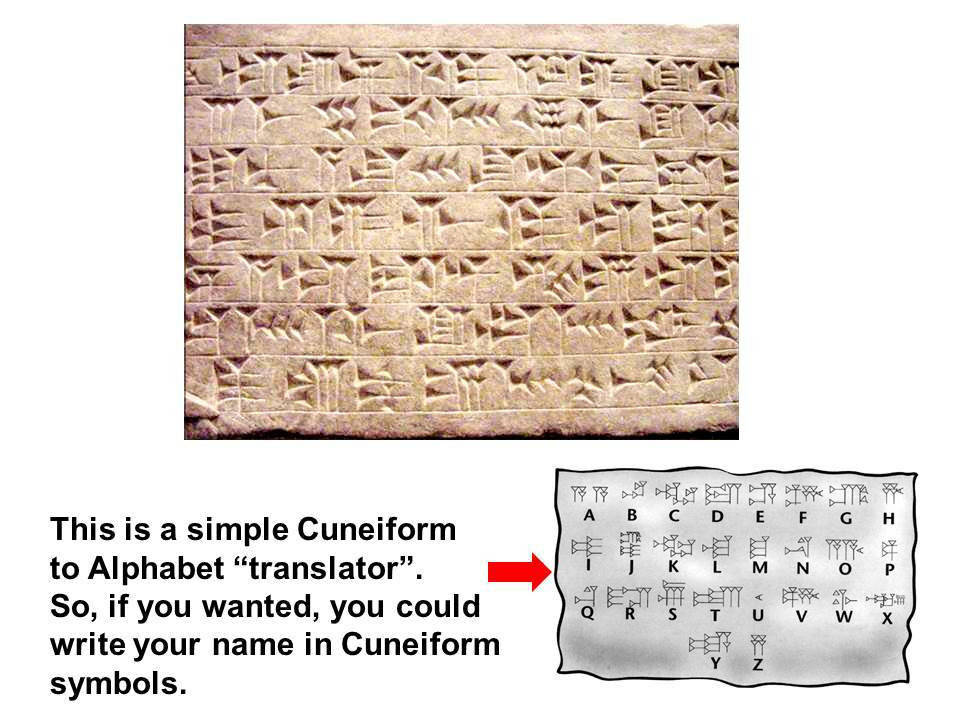
Not only did the Sumerians give us our first system of writing, they were also very skilled in Astronomy. Centuries of Babylonian observations of celestial "happenings" were recorded in the series of cuneiform tablets known as the Enûma Anu Enlil—the oldest significant astronomical text that we possess is Tablet 63, the "Venus Tablet of Ammisaduqa". This is a picture of that Sumerian tablet detailing the movements of the planet Venus:
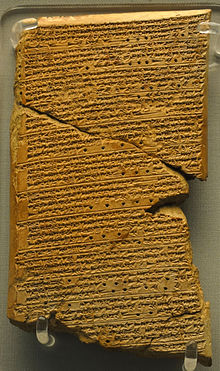
As to our planets, the most revealing artifact is from a Sumerian "cylinder seal":
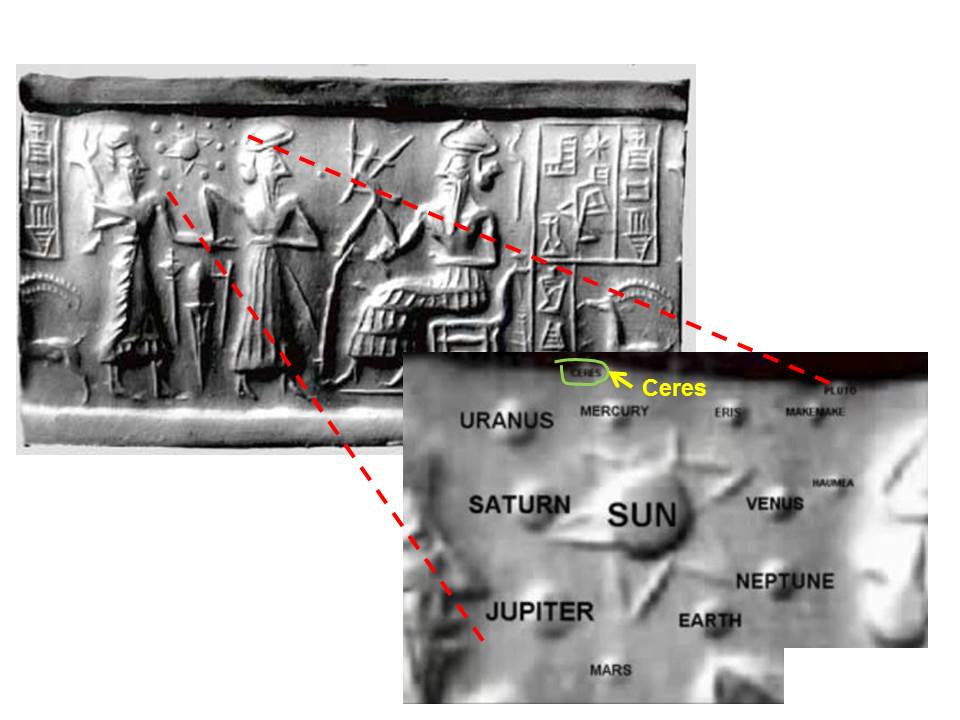
They even showed Ceres. Ceres is the largest object in the asteroid belt that lies between the orbits of Mars and Jupiter. Its diameter is approximately 945 kilometers, making it the largest of the minor planets within the orbit of Neptune. Ceres is a pretty small "rock", indeed, as compared to the rest of the planets.
So, how did peoples thousands and thousands of years ago, being without a telescope nor having advanced mathematics (as far as we can determine) know these "heavenly bodies" existed? They certainly couldn't see many of them.
And, how were they able to tell a planet from a star? Well, that one is easy. They were able to tell the difference just like we can today.
We all know the nursery rhyme "Twinkle, Twinkle Little Star". The first 2 lines go like this:
How I wonder what you are!
Stars "Twinkle", planets do not. That's because stars, like our Sun, are huge masses of exploding gas which give off an abundance of light (here, we call it "Sunlight"). Such light from a star is sometimes stronger than at other times - or, the light "pulses"; or, if you like "twinkles".
Planets, however, only reflect the light given off by their local star. Reflected "starlight" does not "twinkle".
Those, back then, who were interested in the "stars", obviously didn't have iPhones, tablets, and didn't do too much "texting", just as obviously. So, they checked the sky each night.
Now, if you go outside at night, each night at the same time, you will notice the things that don't "twinkle" move in their positions in the sky one night to the next. Those that "twinkle" do not move. Over time they were able to make a good set of notes as to how the planets moved.
All this does nothing to give us a clue as to how they knew the smaller planets were actually "up there". Interesting to think about!
And, that's not all.
Apparently, the Sumerians were very, very good at knowing about things that surrounded them (i.e., the planets), but not too well versed on things closer to "home" - like the Earth, for example.
If you look at a planet, especially through a small telescope, you will see a round disk; and that's about all - as far as its shape goes. The picture below is of the planet Jupiter viewed through a small telescope. It shows the planet and 4 of its moons. But, the planet looks only like a round disc.

As you might imagine, we're not quite done with the Surmerians quite yet.
The below has to do with what, today, we call a "myth" - and, a Sumerian "myth" about a planet. OK, what exactly is a myth anyway?
Here's the definition: "a traditional story, especially one concerning the early history of a people or explaining some natural or social phenomenon, and typically involving supernatural beings or events."
However, there is another way of looking at a "myth". It is a story that can't be proven true or false but contains details that seem, at best, improbable.
Take for example the "Flood Myth" - you know, the Noah and the Ark story. Some feel that this story is fact as it is contained in the Bible. Others feel it is a myth because it is not probable that 2 of every animal, insect, and reptile could fit on a boat.
However, the "Flood Myth" is present in almost every ancient civilization the world has known. The flood myth is found in the Mesopotamian flood stories, Deucalion and Pyrrha in Greek mythology, the Genesis (i.e., The Bible) flood narrative, Manu in Hinduism, the Gun-Yu in Chinese mythology, Bergelmir in Norse mythology, in the lore of the K'iche' and Maya peoples in Mesoamerica, the Muisca, and Cañari Confederation, in South America, the Aboriginal tribes in southern Australia, and even the Lac Courte Oreilles Ojibwa tribe of Native Americans in North America.
The Sumerians had their own "Flood Story". It centered around a "rogue" planet named Nibiru.
You may have seen in the news lately (in 2017) that several "conspiracy theorists" have predicted that Planet X (i.e., Nibiru) would strike the Earth, or come very close to us, in September; then, as that didn't happen, they moved the date to October. Of course, that didn't happen either. So, they again changed the date to November 19th. As we know none of that happened.
The Sumerians had a theory, amongst their Cuneiform writings, that the planet Nibiru had a very large elliptical orbit around the Sun of once every 3,600 years. We orbit the Sun once a year.
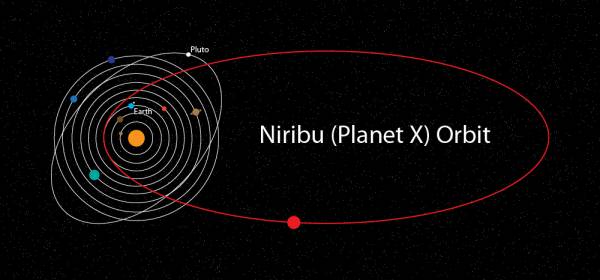
Their "Flood Story" starts with Nibiru coming close to the Earth in 13,000 BC. The gravity of such a large object coming close to the Earth would cause land and ocean upheavals of massive proportions. This, they wrote, was what caused the GREAT FLOOD described in the "Noah" story.
Now, for just a moment, let's assume the story to be true. Starting with 13,000 BC and working forward in 3,600 year jumps, Nibiru should be expected back in our solar system in the year 2983. The last time before that would have been in the year 617 BC. But, there are no known historical accounts of a massive planet "visiting" our solar system then. Still, this does NOT mean it didn't happen.
The astrophysicist, Carl Sagan once offered "Absence of evidence is NOT evidence of absence". Or, just because we cannot prove such a "visitation" by a rogue planet happened, does not mean that it didn't.
I guess we'll have to wait another 966 years to find out if the Sumerian "myth" is true or not.
Hundreds of thousands of Sumerian tablets, cylinders and "fragments" of these have been found. Only a fraction of these "tablets" have been "decoded"/translated. Who knows what may lay hidden in the untranslated Cuneiform writings.
Here are but 3 links offering more information on the mathematical and astronomical "genius" of the ancient Sumerians:
